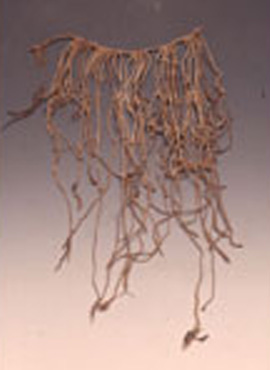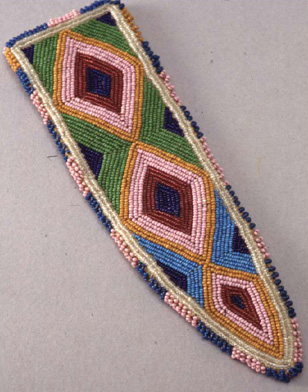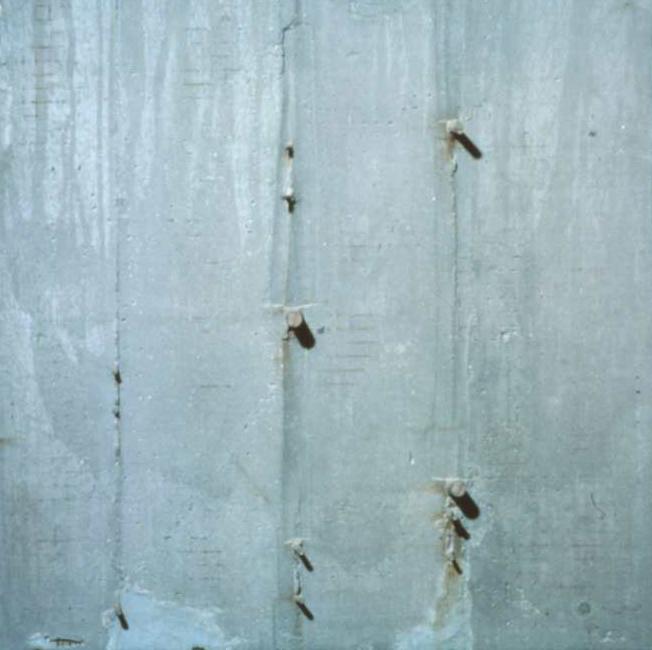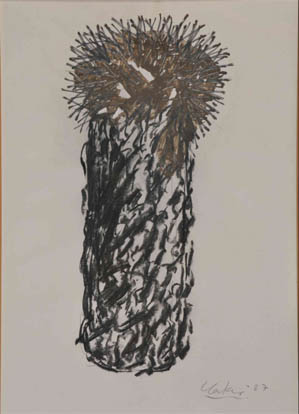
Click here to view image
Quipu
Marini Montesoro M. 1957 donazione
ambito incaico
counting instrument
XVI - 1501 - 1600
Unità di misura: cm; Larghezza: 24.5; Lunghezza: 51
Perù
cotone- incordatura
L'America indigena nelle collezioni del Civico Istituto Colombiano di Genova - Palazzo Doria - 1990<br>Due mondi a confronto. I segni della storia - Palazzo Ducale - 1992
Mnemonic counting tool invented by the Incas. The quipu consists of a horizontally placed natural cotton main rope that supports the entire structure. Knotted onto the main rope are six groups of hanging natural cotton ropes interspersed with a free space. Some hanging ropes support other so-called subsidiary ropes made of natural cotton. The colours of the strings are: light and dark brown, red, blue. The knots used are: single, figure-of-eight and long knot. (See restoration sheet for more information).







